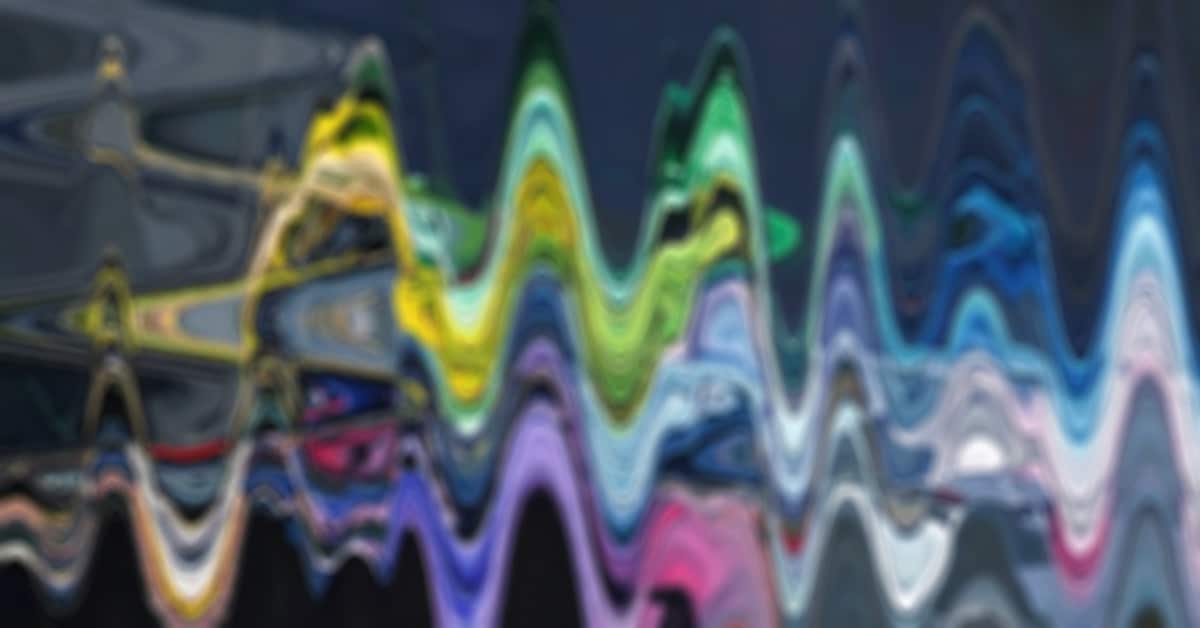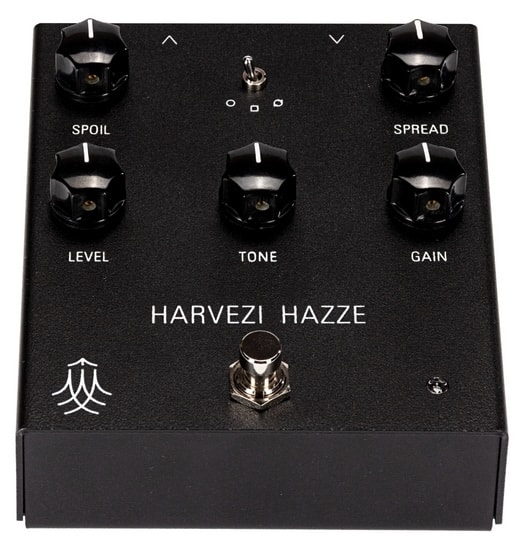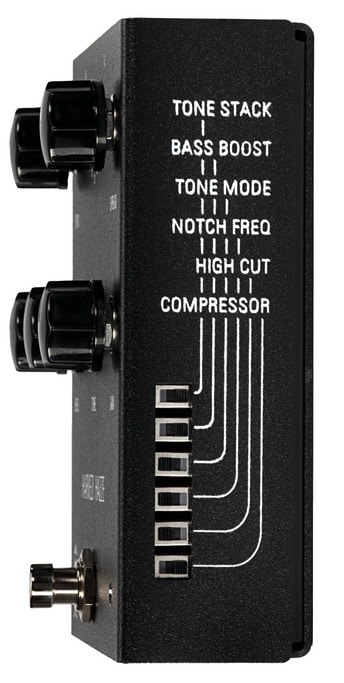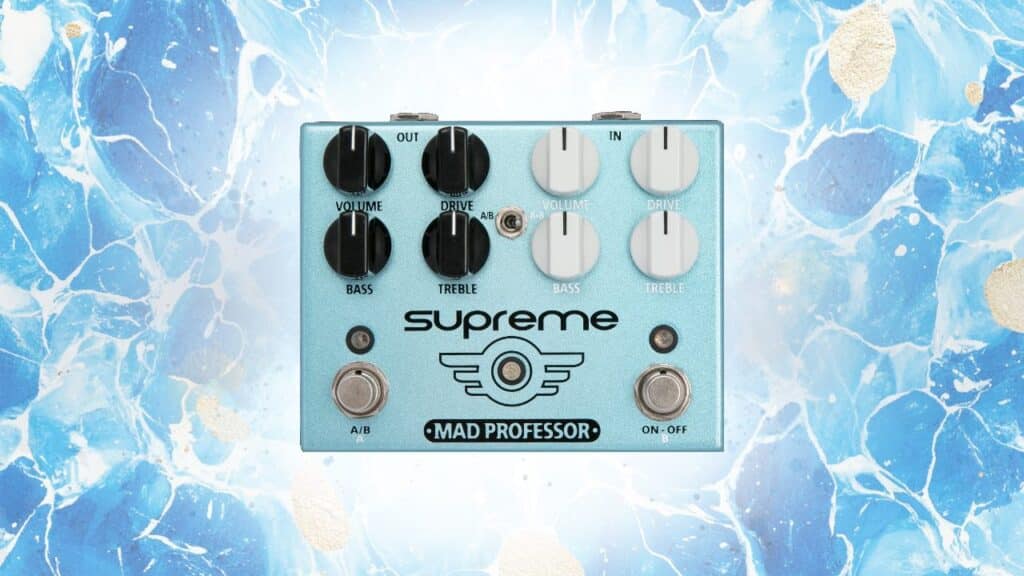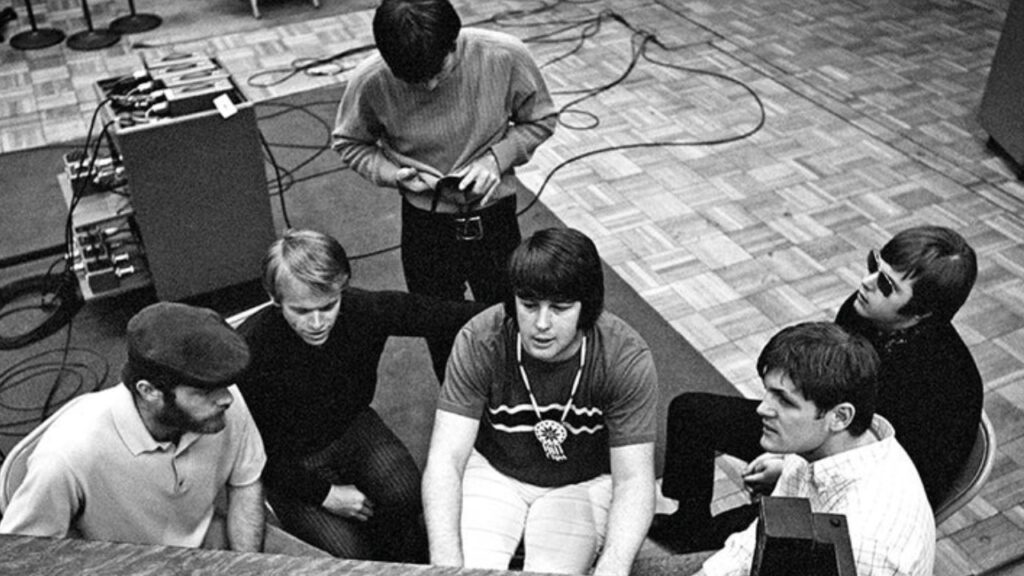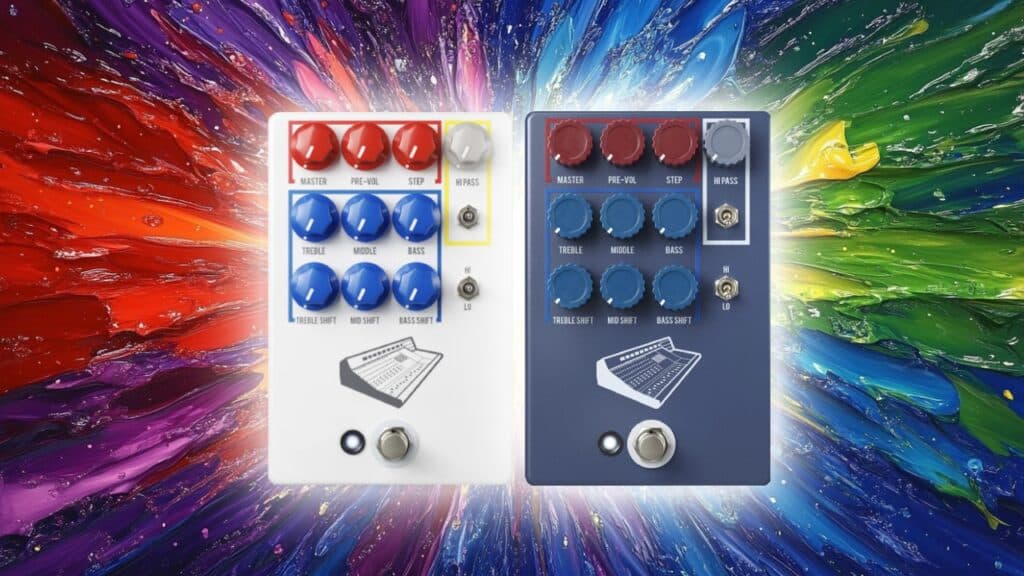The HARVEZI HAZZE Distortion Pedal from SOMA Laboratory is yet another amazing device from a company that continues to lead the industry with unique approaches to synthesis and audio processing.
The name translates from Georgian as a fault on the transmission line or signal jamming, and both the semantic and phonetic natures of it unequivocally imply what to expect — an impediment to the input signal, ranging from pleasant harmonic distortions to complete obliteration.
I ran several types of sources through the device and was thrilled with the results. Read on…
THE UNIJUNCTION TRANSISTOR
The basis for the design of HARVEZI HAZZE is the unijunction transistor (UJT), one of the early components used in the semi-conductor industry. “Its key characteristic is that, once triggered, the emitter current increases regeneratively until it is limited by the emitter power supply.” (source)
It turns out this simple component from the past is perfect for processing an input to create harmonic distortion or complete signal annihilation.
The signal chain includes an optical compressor, a dual-mode amplifier for soft or hard clipping, a waveshaper that uses the UJT, and a Tone Stack:
HARVEZI HAZZE—ENCLOSURE AND CONTROLS
All the products from SOMA I’ve explored have been extremely well-made in terms of the enclosures used and controls, and this pedal is no exception. A solid metal box houses the innards, and high-quality potentiometers and switches allow for user control along with a true bypass foot switch.
Level – output level control
Gain – amplitude of the distortion amp signal
Spoil and Spread – control the UJT in various ways, perhaps best explained by the developer:
…the higher the Spread value, the more severe the distortion will be, and Spoil changes timbre and response threshold. By adjusting Spoil you can achieve various gating and cutoff effects. At low Spread values, distortion sounds are mixed into the clean sound.
Tone – as you’d expect, affects the frequency content of the sound
3-way Switch
- Left Position – soft distortion
- Center Position – hard distortion
- Right Position – total feedback mode where controls begin to affect each other—this is where the real fun begins with unexpected resonances and self-oscillation
Six additional toggle switches on the side of the unit are available for added functionality and include:
Tone Stack – routes the signal through the tone stack—controlled by the Tone knob
Tone Mode – toggles the operation of the tone knob from tilt to LP
Bass Boost – as you’d expect
Notch Freq – changes the central frequency of the filter
High Cut – as you’d expect
Compressor – can bypass or engage the compressor
EXAMPLES
Below are some examples of processing drums and analog synths. No other processing was used other than normalizing the examples in post. Each example includes a dry version (A), processed version (B), and blended version (C). See the Product Video section below for examples of guitar processing.
Nate Smith Drum Loop
Joey Waronker Drum Loop
Moog Minitaur Loops
Modular Synth Loop
Juicey Modular Texture
PRODUCT VIDEOS
Below is a great walk-through video produced by SOMA. More videos are available here.
CONCLUSIONS
This device is a great example of using old technology in new and innovative ways. It works beautifully for creating harmonic distortion and thick, lush textures or for completely destroying a sound in glitchy and unexpected ways. It is usable on just about any input—synth, drums, bass, guitar, etc. For studio use, the side switches allow for dialing in unique timbres and effects. You’ll have no problem crafting unique fixed settings for live performance or live manipulation of the device in experimental contexts. The HARVEZI HAZZE pedal is a winner—another inspiring device from SOMA Labs that will enable the sculpting of fresh timbres and encourage you to rethink your current approach to distortion.

